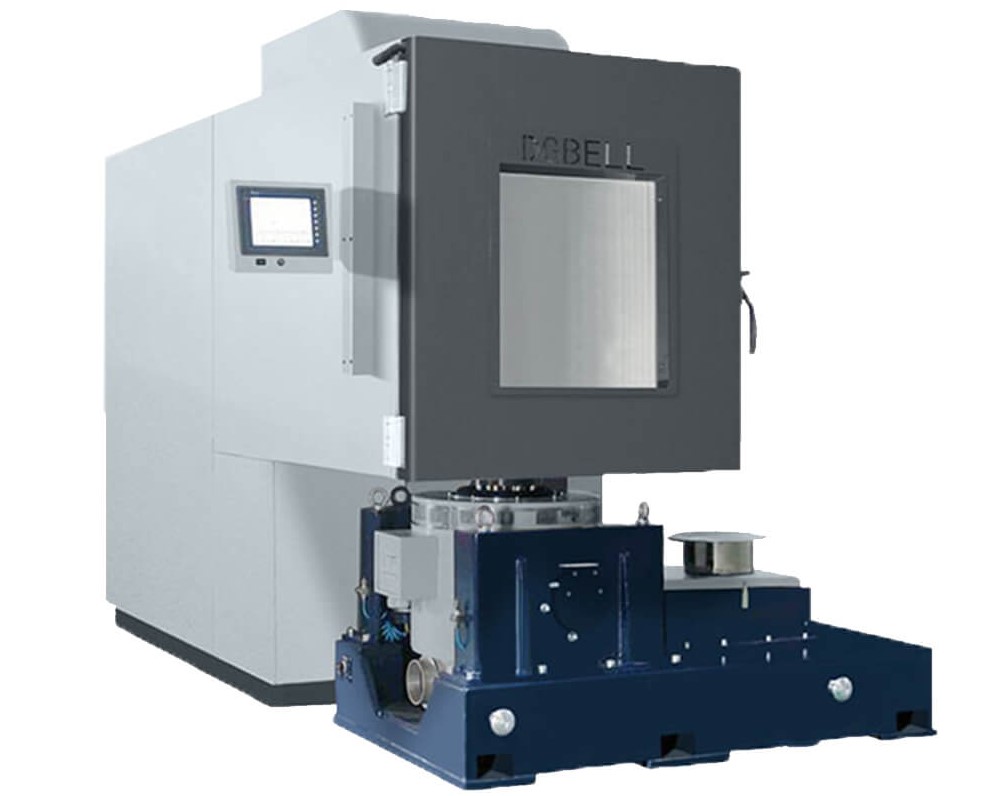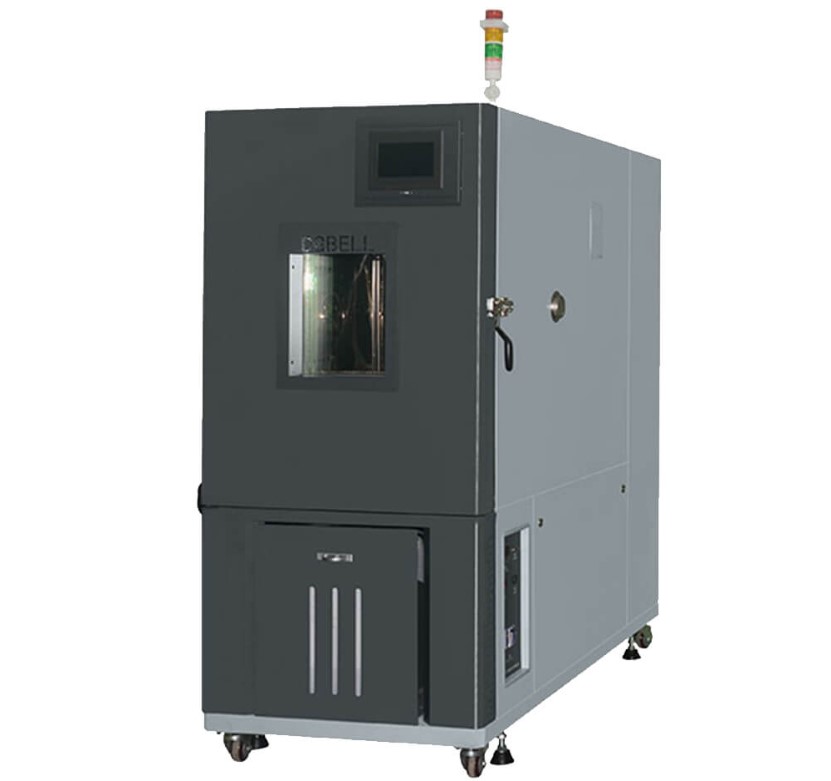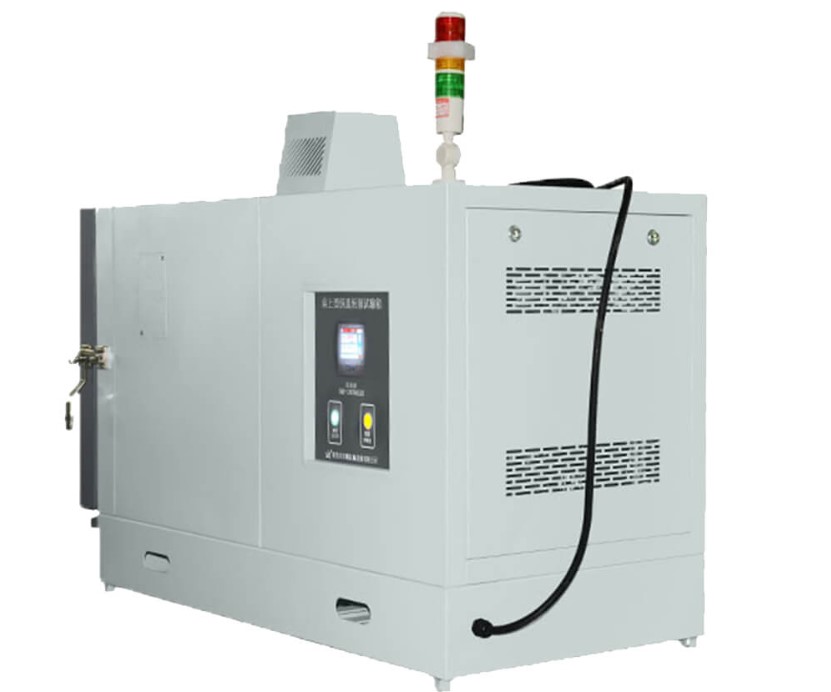In the realm of scientific research and product development, the ability to replicate specific environmental conditions is paramount. This is where environmental test chambers come into play.
These chambers are designed to create controlled testing environments, ensuring that experiments and tests are conducted under consistent and replicable conditions. In this article, we will delve deep into the significance of these chambers, their types, and the profound impact they have on various industries. You can find more information about them on belltestchamber.com.
Consistency and Replicability
In scientific research, consistency is key. For results to be valid, experiments must be replicable. Environmental test chambers ensure that tests are not influenced by external factors, allowing for consistent conditions every time a test is conducted.
Product Reliability
For manufacturers, these chambers are invaluable. They can test products to ensure they will function correctly in various environmental conditions. This testing ensures that products are reliable and safe for consumers, regardless of where they live or the conditions they might encounter.
Regulatory Compliance
Many industries are governed by strict regulations that mandate specific environmental testing. Environmental test chambers allow businesses to comply with these regulations, ensuring that their products meet the necessary standards before reaching the market.
Types of Environmental Test Chambers
| Chamber Type | Description | Industries/Application |
| Temperature and Humidity Chambers | Simulate wide temperature and humidity ranges to test product endurance in extreme conditions. | Various industries |
| Thermal Shock Chambers | Rapidly switch between extreme temperatures to evaluate material reactions to sudden thermal changes. | General testing |
| Salt Spray Chambers | Test corrosion resistance by simulating salty air and fog effects on metals. | Automotive, Aerospace |
| Vacuum Chambers | Create space-like conditions by removing air, ensuring equipment functions correctly in space vacuum. | Aerospace, Space exploration |
Aerospace and Aviation
The aerospace industry requires rigorous testing. Aircraft and spacecraft components must withstand extreme conditions, from the cold vacuum of space to the intense heat of re-entry. Test chambers ensure these components are up to the task.
Automotive
Cars and trucks are exposed to a variety of environmental conditions. From the salt-laden air of coastal regions to the freezing temperatures of polar areas, vehicles must be reliable. Test chambers help manufacturers ensure their vehicles can handle these conditions.
Pharmaceuticals
The pharmaceutical industry uses test chambers to ensure that drugs remain effective and safe under various storage conditions. This testing ensures that medications will retain their efficacy, regardless of the environment.
Electronics
Modern electronics are everywhere, from the phones in our pockets to the computers in our offices. These devices need to function in a variety of conditions, and test chambers help ensure they do.
The Future
With the advancement of technology and the increasing demands of modern industries, the role of environmental test chambers is set to grow. We can expect these to become more advanced, with the ability to simulate even more complex and varied environmental conditions. As industries evolve, so too will the test chambers that support them.
Precision and Calibration
The effectiveness of an environmental test chamber hinges on its precision. Every component, from the sensors to the control systems, must be meticulously calibrated. This ensures that the conditions inside the chamber match the desired parameters exactly. Even a slight deviation can compromise the validity of a test.
Customization for Specific Needs
While there are standard environmental test chambers available, many industries require customized solutions. For instance, a company specializing in deep-sea exploration equipment might need a chamber that can simulate the high-pressure conditions of the ocean floor. Manufacturers of these often work closely with clients to design units tailored to their unique needs.
Energy Efficiency and Sustainability
As industries become more environmentally conscious, there’s a growing demand for test chambers that are energy efficient. Modern designs incorporate features like advanced insulation and energy recovery systems to minimize energy consumption. This not only reduces operational costs but also aligns with the global push towards sustainability.
Overcoming External Interferences
One of the primary challenges in environmental testing is ensuring that the chamber is entirely isolated from external influences. This includes electromagnetic interference, which can skew results, especially in electronics testing. Modern chambers are often equipped with shielding to prevent such disturbances.
Real-time Monitoring and Data Collection
With the rise of the Internet of Things (IoT) and advanced data analytics, there’s a push towards real-time monitoring of test chambers. This allows researchers to track conditions and make adjustments instantly. Advanced models are now equipped with IoT sensors that stream data directly to cloud-based platforms for analysis.
Adapting to Rapid Technological Changes
As technology evolves at a breakneck pace, the demands on environmental test chambers shift. Manufacturers must be agile, adapting their designs to cater to new industries and emerging technologies. For instance, with the rise of electric vehicles, there’s a growing need for models that can test battery longevity and safety under various conditions.
Real World Case Study
The renewable energy sector, particularly solar and wind, relies heavily on environmental test chambers. Solar panels, for instance, are tested for their efficiency and durability under various conditions. From intense UV exposure to freezing temperatures, these panels are put through rigorous tests to ensure they can withstand decades of use. Similarly, wind turbine components are tested for their resilience against factors like salt spray, high winds, and fluctuating temperatures.
The insights gained from these tests are invaluable. They guide the design process, leading to more efficient and durable renewable energy solutions. As the world pivots towards cleaner energy sources, the role of environmental test chambers in this sector will become even more pronounced.
FAQs
What is the primary purpose of an environmental test chamber?
An environmental test chamber is designed to create controlled testing environments. It allows researchers and developers to simulate specific environmental conditions, ensuring that products, materials, and systems can withstand potential real-world scenarios.
Are there different types of environmental test chambers for various industries?
Yes, there are various types of test chambers tailored for different industries. Common types include Temperature and Humidity, Thermal Shock, Salt Spray Chambers, and Vacuum Chambers. Each type is designed to simulate specific conditions relevant to particular industries, such as aerospace, automotive, pharmaceuticals, and electronics.
How do environmental test chambers ensure product reliability?
By simulating real-world conditions, these chambers provide manufacturers with insights into how their products will perform under different environmental scenarios. This allows them to make necessary adjustments to improve product durability and functionality, ensuring reliability for end-users.
Is customization available for specific testing needs?
Absolutely. While standard models of test chambers are available, many manufacturers offer customization options to cater to unique industry requirements. This ensures that specific environmental conditions, not covered by standard models, can be replicated for precise testing.
How do modern test chambers align with sustainability and energy efficiency?
Modern environmental test chambers are designed with energy efficiency in mind. Features like advanced insulation, energy recovery systems, and efficient cooling mechanisms are integrated to reduce energy consumption, aligning with global sustainability goals.
With the rise of IoT and real-time data, how are test chambers adapting?
Advanced environmental test chambers are now equipped with IoT sensors and connectivity features. This allows for real-time monitoring, data streaming directly to cloud platforms, and instant adjustments, ensuring more accurate and efficient testing processes.
Wrapping Up
The world of environmental test chambers is vast and multifaceted. These devices, often overlooked, are the unsung heroes of research and development. They ensure that the products we use daily, from our cars to our smartphones, are reliable and safe.
As industries continue to evolve and technology advances, these chambers will remain at the forefront, ensuring that progress is built on a foundation of rigorous testing and unwavering quality standards.






























